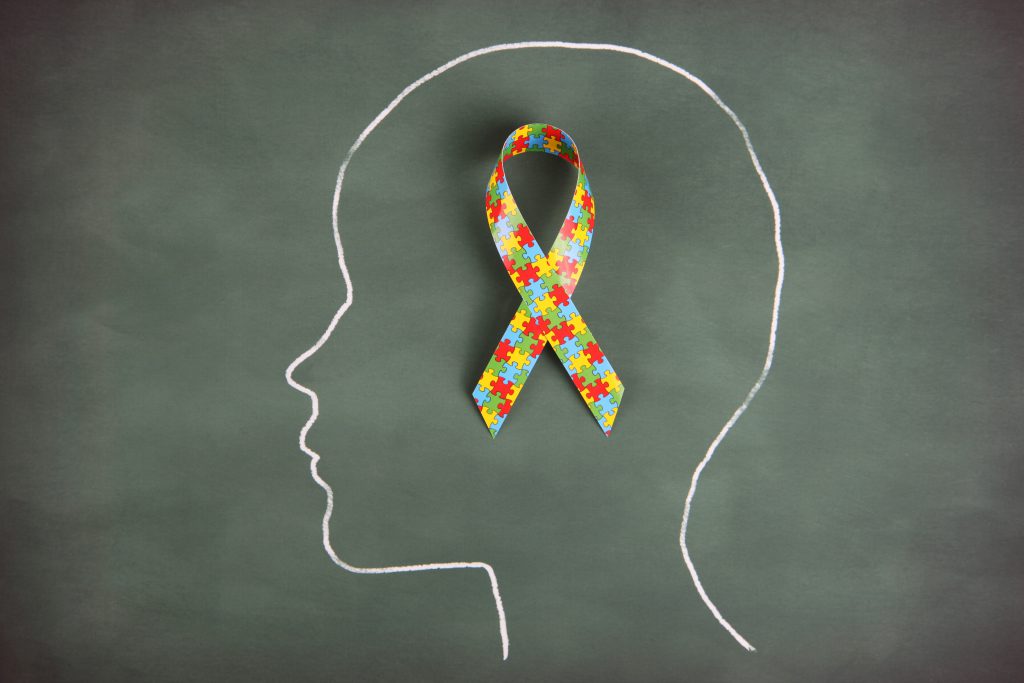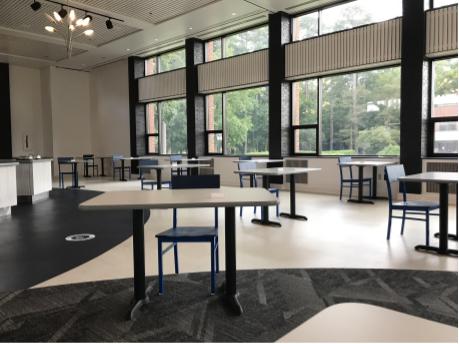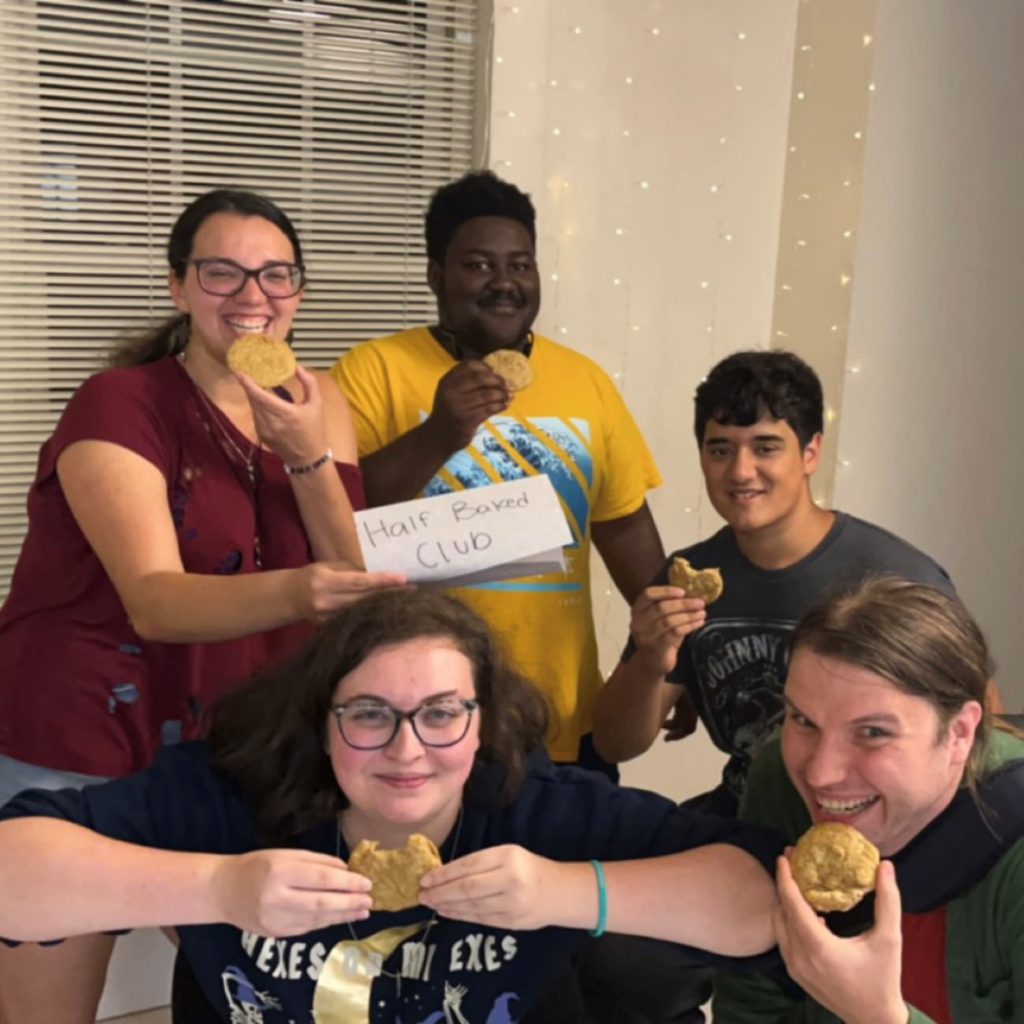During the month of January, many students took part in study away courses, including courses to Israel, Hawaii and Germany. Each of these courses had dynamic aspects of their coursework and studies. The Israel class focused on conflict mediation between Christians, Muslims, Jews and Palestinians.
Sophomore Isabel Laxton took part in the course to Israel. “We woke up and usually go down to breakfast at the hotel. Then our tour guide and bus driver would meet us at the hotel. Then we would get on the bus and everyday looked completely different,” Laxton said. “Some days it was a lot of driving in different parts of Israel and Palestine. We would usually come back to the hotel towards the evening and the rest of the night was free, so we could go out and explore, play some games together, or a lot of us would write in our journals for a really long time.”
A life-changing experience that Laxton had was seeing the separation wall and barriers in society first-hand. “We got to hear from a bunch of speakers, specifically more from the extreme Palestinian side and extreme Israeli side that really showed me the miscommunication and misunderstanding of each other because they never really interact,” Laxton said. “It made me want to make sure that I reach out and am connecting to people that are different from me.”
According to Laxton, anyone would be a good fit for this course, including those who are not extremely interested in history. “All of the history we learned and anything that we studied or at a site that we went to made it all so much more real. It might even be good for people who don’t like history because it shows you how important history is in the current day,” Laxton said.
Dr. Craig Wansink was the professor of the course Isabel participated in, which was titled, “Israel, Palestine and the Art of Waging Peace.” This course had two aspects with two dueling guides, “We had dual guides, one guide representing Israel, one representing Palestine, one representing Judaism, one representing Christianity and Islam. This course included opportunities visiting Israel’s greatest hits, such as the Western Wall and the Dead Sea, but also included opportunities in people’s homes,” Wansink said.
One of the experiences that Wansink will always remember is in regard to one of the activities with the tour guide. “At one point our guide created a bonfire and we were on some hillside and stood around the bonfire for a half hour and he said sort of jokingly, ‘You know, you’re going to forget everything I said, but you’re going to remember the bonfire thirty years from now,’” Wansink said. “I do understand that the facts are not what they are going to primarily take away. The things I want them to remember are the kind of gut-level feeling of the poverty, frustration, and fear, and the joy of the people we met. I think what they will take away are memories of individuals who have made some permanent impression in their mind.”
Freshman Ayanna Alston participated in the Hawaii course titled, “Maui: Undiscovered.” This course examines the impact that adventure travel has on culture and the environment. It helps students understand how tourist activities affect culture, the economy and preservation of the environment.
A typical day for this course involved waking up early, hiking, and exploring the surrounding area of their condos. “We would go back to the condos once the day was over and we had the rest of the day to ourselves to either go around the town. We sometimes had a group dinner,” Alston said.
Alston fully recommends this course to other students, unless they dislike the outdoors, since it involved a great deal of outdoor activities. She enjoyed this course and the people she was with. “I only knew three people in the class before, and I have gotten so close with everyone else. I feel like the experience overall and being with each other, we kind of became ohana, family,” Alston said.
Sophomore Grant Morgan took the Berlin course called, “History of the European City.” This class examines the history of Berlin, focusing primarily on its boom years in the final decades of the nineteenth century until its current reunification that includes visiting memorials, museums, consumer spaces, housing, architecture and ruins. “Throughout the day we would have some site visits, visit museums, have some tours by our tour guides, and then the site visits were in relation to the topic for the day,” Morgan said. “We went through chronological order from the beginning of the 16th century to the 1990s. Each day was one of those time periods.”
His favorite sites and experiences included the Berlin Wall Memorial and experiencing a different culture. “My favorite site visit was going to the Berlin Wall Memorial because it was the longest piece of the wall in existence and you could see how life was different between the West and East side of the city,” Morgan said. “In regard to thinking about the world, it was really cool to speak with people who had another nationality and language because I have never been in a place that primarily spoke German or another language. As well, living in a completely different city for a month, having to conform to the transportation systems, their money and lifestyle were really a lot different from what I was expecting.”
Morgan recommends this course to those interested in history and willing to do preparatory classwork. “It might seem like a lot of work at first but it is in relation to you fully understanding the class. There’s a lot of reading assignments that really help to embody the entire course, so when you show up to class every day you know what sites you’re visiting and the relevance of it,” Morgan said.
Anyone who is interested in taking a study away course should visit the Lighthouse for more information on possible courses and funding opportunities.
Connor Merk
ccmerk@vwu.edu



